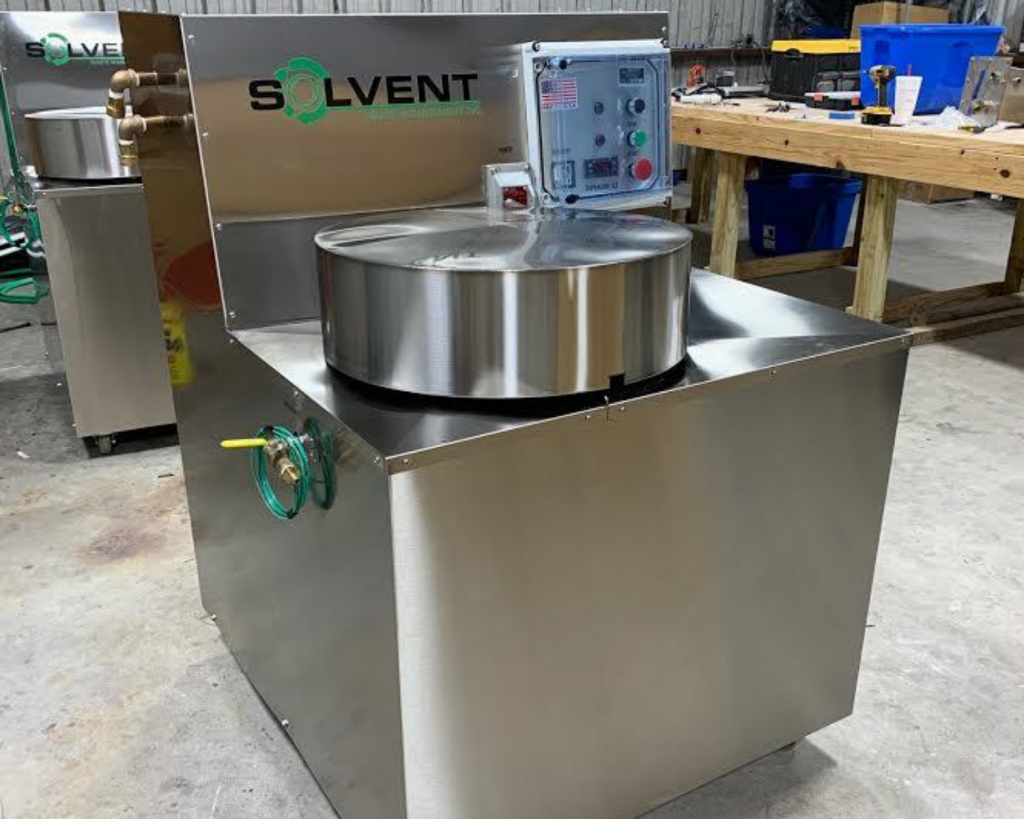The industrial process is highly dependent on solvents with different levels. Almost every industry uses solvents as their integral part, including food, cosmetics, nutraceuticals, biofuels, paints, and fine chemical industries. The continuous and exponential growth in solvent demands has led to considerable waste generation, negatively impacting the environment.
To keep the industry’s hazardous waste on track, governments are taking steep actions and imposing regulations on all types of industries. One of those regulations includes the efficient recycling of used solvents.
Most companies still are not following the procedures and are under the radar of the government. To start with the solvent recycling procedure, you must understand the entire process, what type of solvent you are generating and using, and what recycling method you can opt to eliminate hazardous waste and other related data.
To create awareness about hazardous solvents and their recycling and recovery, we have curated a guide to help you understand what factors affect recycling and how to recycle your industrial solvents.
What are solvents, and how to categorize them?
Solvents are hazardous when they can no longer be reused. Thus, it is necessary that you closely monitor your facility to understand what type of solvents you are into. If your solvents are hazardous, they must be handled carefully. You can check the below-mentioned lists for the categorization of your solvents.
The F-list (non-specific source wastes);
The K-list (source-specific wastes);
The P-list (discarded commercial chemical products); and
The U-list (additional discarded commercial chemical products).
Process of solvent recycling
Once you determine the category, you can go for the specific method to recycle the solvents. Below is the general and detailed procedure for recycling any solvent.
- Solvents are generally stored before and after being recycled in different containers ranging from 0.2 m3 (44-gallon drums) to tanks with a 75 m3 capacity or more. These tanks usually have fixed-roof to emit breathing and working loss.
- Handling solvents includes loading the waste solvents into the destined equipment before storing them. A storage tank may emit volatile organic compounds whenever a lid is open. Surface evaporation occurs during solvent recycling if the vessels are exposed to the atmosphere. So it needs to be handled carefully.
- Initial treatment typically starts with recovering the vapour and removing the solvent vapours from a gas stream to reclaim the solvent. You can then recover the vapour using condensation, adsorption, and absorption methods based on their boiling point, reactivity, and solubility.
- Distillation and purification- you can then remove the dissolved impurities using distillation that separates mixtures.
In case of excess water, you can use salt to remove the water from the solvent.
But, you need to take special care while transporting the solvent as if it accidentally leaked or spills, it can impact the environment. Also, always ensure that there is no equipment leak, as it can be more hazardous than you think.
Benefits of solvent recycling
to reduce the additional expense of buying new solvents by recovering solvent via the solvent recovery process. There are other benefits that you can experience by recycling your solvents.
- It helps reduce the expense of expensive replacement solvents every time to manufacture the products.
- It will significantly reduce the cost of hazardous waste disposal.
- Not only this, your industry can save a lot on the inventory requirements of expensive solvents.
- Recovery and recycling of solvents mean you can restore valuable resources rather than dispose of them illegally.
- You can mitigate potential liabilities for the disposal of solvents.
- An on-site recycling system can protect the solvents from shipping and handling accidents.
Conclusion
Recovering all types of solid waste has become an excellent alternative for every industry to improve its brand image within the market. After the strong regulations by the government, industries are now focusing on recycling their solvents to reduce the presence of hazardous solvents.
The recycling process has become more critical due to the increasing focus on sustainability to enhance a circular economy. Despite several complexities and challenges of the systematic design of recovery processes, it is still implemented with efficiency.
You will be surprised to know the global market for solvent recovery. It helped not only the surroundings but also the industries to reduce their expenses on new solvents.
About Solvent Waste Management
Since 1994, Solvent Waste Management, Inc. has assisted many companies in a variety of different industries not only improving their operations but also reducing costs.
Solvent Waste Management Inc. designs and manufactures solvent distillation equipment that cleans contaminated solvents, allowing users to restore and continuously reuse solvents – thereby saving money on the cost of disposal and the cost of new solvents.

Model SW8 Solvent Recovery System
Model SW30 Solvent Cleaning Machine
Model SW55 Solvent Recycler Machine
Model SW70 Solvent Recovery Equipment
Solvent Waste Management designs and manufactures solvent recycling equipment that cleans contaminated solvents in such a way that the customer can reclaim and reuse solvents again and again, thus saving on both the cost of solvent disposal and the cost of new materials.

